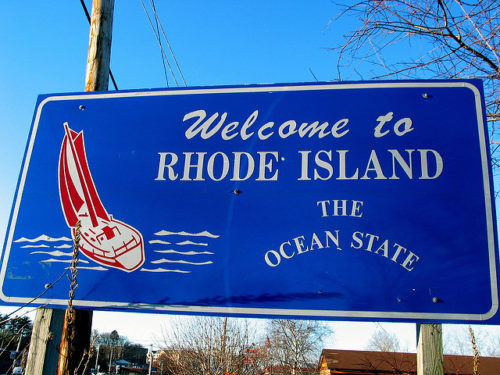
February 21, 2017, Providence Journal
Anyone who knows today’s community foundations knows that gifts given into the general fund have increasingly become special votes of confidence in that institution. This reflects a new landscape in which many community foundations are dominated by their donor-advised funds. And, indeed, investment banker Frederick B. Wilcox named the Rhode Island Foundation in his will in 1965 before the DAF craze. At that time he stipulated that 60 percent of the trust not be given to the community foundation until the death of his daughter, Nancy W. Mattis.
A half-century passes. Mattis was 95 years of age when she died at home in October 2016. In the intervening years, she had quietly built the trust from $1 million to $48 million resulting in an unrestricted gift of $28 million for the foundation’s administration and board of directors to spend at their discretion.
Founded in 1916, in 2015, the foundation received $44 million in contributions, made $39 million in grants, and ended the year with a fund balance of $737 million. The foundation’s CEO, Neil Steinberg, called Mattis’s $28 million bequest “transformational” and acknowledged the rarity and benefits of the gift being unrestricted.
Providence Journal reporter G. Wayne Miller writes, “Steinberg knew of the trust’s existence before last year, though not all of its details. ‘We knew some day we would get something,’ he said. And then he received a phone call from Frederick ‘Ted’ Mattis, Nancy’s son.” Nearing the end of her life, Ted Mattis sensed that his mother would appreciate a letter from the foundation recognizing her faithful stewardship of the trust for the benefit of the people of Rhode Island. Steinberg wrote a letter and hand-delivered it.
Sign up for our free newsletters
Subscribe to NPQ's newsletters to have our top stories delivered directly to your inbox.
By signing up, you agree to our privacy policy and terms of use, and to receive messages from NPQ and our partners.
According to her obituary, written by Ted, Nancy Mattis, whose family settled in Rhode Island in 1697, was a long time member of a women’s investment club called the Barrington Blue Chips. The foundation might do well to thank them as well for the tremendous growth of the bequest.
In sharing the story, Ted Mattis said he hoped to honor this woman who honored her father by ensuring that his gift was delivered, so long after his bequest. Ted did not say, though it is undeniably true, that someone less noble-minded with control of such a fortune likely could have found a way to finagle it all for herself.
Planned gifts go to charities that have a confident future in the eyes of the benefactor. Accordingly, having a planned giving program requires the nonprofit to be future-oriented. Planned gifts can match or exceed major annual gifts, even though the donors need not be wealthy. These are legacy gifts; they are often transformational and they are almost always a surprise. For a variety of reasons, few donors make their bequest intentions known to beneficiary charities, making thoughtful and consistent donor relations with all donors all the more necessary.
Another aspect of planned giving on full display here is that these gifts are almost always made unpretentiously. Imagine the publicity and tribute dinners that would have been warranted if Nancy Mattis had signaled the size of the gift she had in store for the Rhode Island Foundation. Did even her fellow Barrington Blue Chips members know? This is the kind of giving that even the cynic Mark Twain would have praised. Of Andrew Carnegie, he said, “He has bought fame and paid cash for it…. He has arranged that his name shall be famous in the mouths of men for centuries to come.”
The Rhode Island Foundation received this gift because they remained true to their founding mission through the decades and because Nancy Mattis remained faithful to her father’s intentions to the people of the state they both loved. Stories of such fidelity abound, but they are played out discretely and forthrightly, making philanthropy available and exciting to one and all.—James Schaffer













